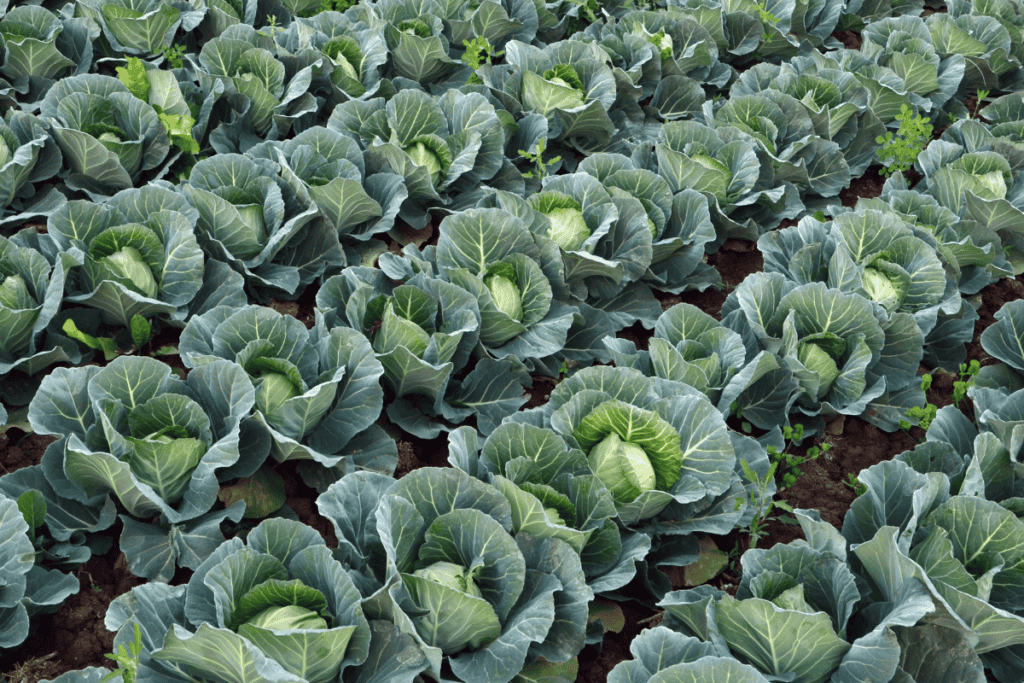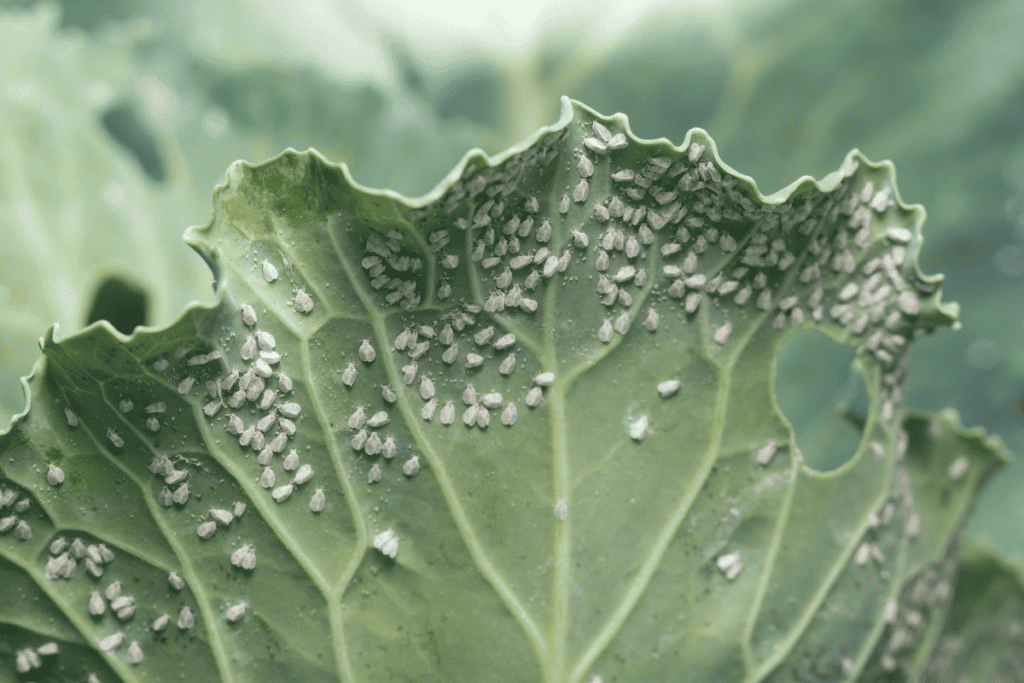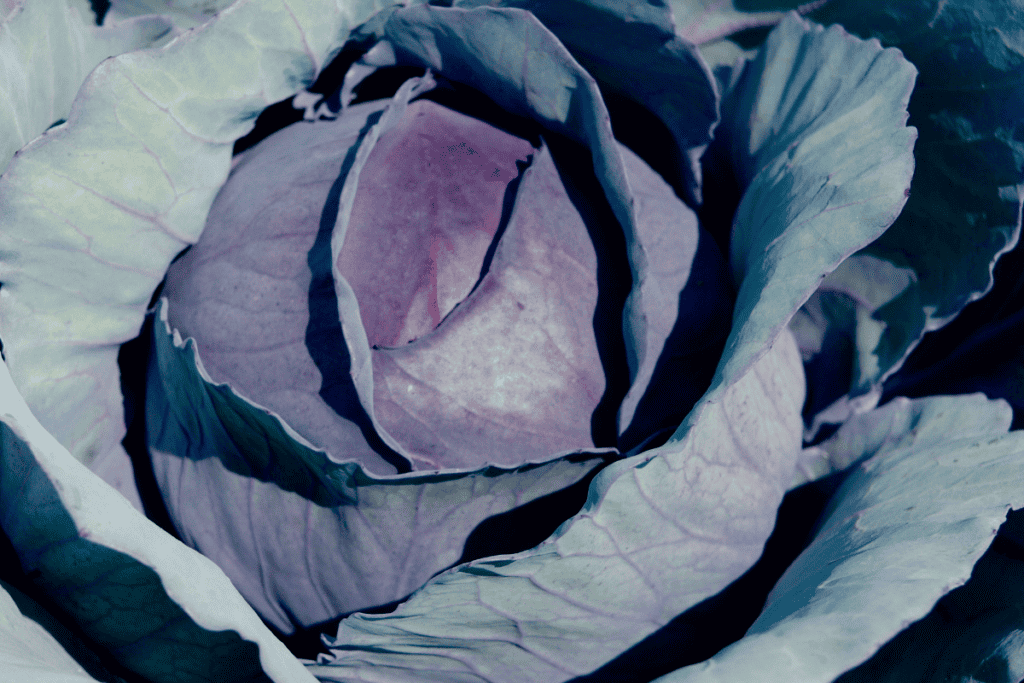Introduction

Cabbage, a versatile and nutritious vegetable, can be a rewarding addition to any home garden. However, to ensure a successful harvest, it’s essential to start with the right foundation – properly planting cabbage seeds. This article will guide you through the steps to maximize germination and set the stage for healthy cabbage growth.
Selecting the Right Seeds
Before diving into the planting process, it’s crucial to select high-quality cabbage seeds. Varieties vary in size, shape, and flavor, so choose ones that align with your preferences and growing conditions. Additionally, always check for signs of viability, such as a recent packaging date and absence of damage or discoloration.
Preparing the Soil
Cabbage thrives in well-draining, nutrient-rich soil. Prior to planting, ensure the soil is loose and friable by incorporating organic matter like compost or aged manure. Conduct a soil test to determine pH levels and adjust accordingly, aiming for a slightly acidic to neutral pH range of 6.0-7.0.
Choosing the Planting Site
Select a planting site that receives full sun exposure and offers protection from strong winds. Adequate sunlight promotes robust growth, while shelter helps prevent damage to young seedlings. Additionally, ensure the chosen area has good drainage to prevent waterlogging, which can lead to root rot.
Sowing Cabbage Seeds
Timing is key when sowing cabbage seeds. Start seeds indoors 6-8 weeks before the last expected frost date in your region. Plant seeds in seed trays or containers filled with a well-draining seed-starting mix, pressing them gently into the soil at a depth of ¼ to ½ inch. Maintain consistent moisture levels to encourage germination.
Watering Techniques
After sowing, water the soil evenly to ensure adequate moisture. Avoid overwatering, as it can lead to damping off disease and other issues. Once seedlings emerge, water consistently, providing approximately 1 inch of water per week, adjusting based on weather conditions and soil moisture levels.
Fertilizing Cabbage Seedlings
As seedlings grow, they’ll benefit from periodic fertilization. Choose a balanced fertilizer with equal parts nitrogen, phosphorus, and potassium, applying it according to package instructions. Start fertilizing once seedlings have developed their first true leaves, and continue every 3-4 weeks throughout the growing season.
Managing Pests and Diseases

Cabbage is susceptible to various pests and diseases, including cabbage worms, aphids, and clubroot. Monitor plants regularly for signs of infestation or disease, taking prompt action to mitigate issues. Consider implementing organic pest control methods, such as companion planting or applying neem oil.
Weeding and Mulching
Keep the area around cabbage plants free of weeds, as they compete for nutrients and water. Mulching with organic materials like straw or shredded leaves helps suppress weed growth, conserve soil moisture, and regulate soil temperature. Apply a layer of mulch around seedlings, leaving space around the stem to prevent rot.
Thinning Seedlings
Once cabbage seedlings develop their second set of true leaves, it’s time to thin them to promote optimal growth. Remove weaker or overcrowded seedlings, leaving behind the strongest ones spaced 12-18 inches apart. Thinning ensures adequate airflow and prevents competition for resources among plants.
Providing Adequate Support
Depending on the cabbage variety, mature plants may benefit from additional support to prevent lodging or damage. Install stakes or cages around plants, securing them firmly into the ground to withstand wind and weather conditions. Supporting cabbage plants also helps distribute weight evenly, reducing the risk of breakage.
Monitoring Growth and Development

Throughout the growing season, monitor cabbage plants for signs of healthy growth and potential issues. Look for vibrant green foliage, firm heads, and consistent growth. Be vigilant for signs of stress, such as wilting, discoloration, or pest damage, addressing any concerns promptly to prevent further damage.
Harvesting Cabbage
Harvest cabbage heads when they reach their desired size and density, typically 70-90 days after transplanting. Use a sharp knife to cut heads from the stem, leaving a few outer leaves intact to protect the inner head. Handle harvested cabbage gently to prevent bruising or damage, storing it in a cool, humid environment.
Post-Harvest Care
After harvesting, properly store cabbage heads to maintain freshness and quality. Store them in the refrigerator’s crisper drawer or in a cool, dark location with temperatures around 32°F to 40°F (-1°C to 4°C). Use harvested cabbage within a few weeks for optimal flavor and nutrition.
Conclusion
Successfully planting cabbage seeds lays the groundwork for a bountiful harvest of this nutritious and versatile vegetable. By following the steps outlined in this guide, you can maximize germination rates and set your cabbage plants up for success. Whether you’re a novice gardener or seasoned enthusiast, growing cabbage from seed can be a rewarding and satisfying experience.
FAQs
How deep should cabbage seeds be planted?
Cabbage seeds should be planted at a depth of ¼ to ½ inch in well-draining soil.
When is the best time to thin cabbage seedlings?
Thin cabbage seedlings once they develop their second set of true leaves to promote optimal growth.
What are some common pests affecting cabbage plants?
Common pests include cabbage worms, aphids, and cabbage loopers
How often should cabbage seedlings be fertilized?
Fertilize cabbage seedlings every 3-4 weeks with a balanced fertilizer throughout the growing season.
How long does it take for cabbage heads to mature?
Cabbage heads typically mature 70-90 days after transplanting, depending on the variety and growing conditions.
Latest Posts
- What Types of Lettuces Can You Grow?

- How to Plant Onion Seeds for Maximum Germination

- How to Plant Parsnip Seeds for Maximum Germination

- How to Plant Mushroom Seeds for Maximum Germination

- How to Plant Lettuce Seeds for Maximum Germination

- How to Plant Kale Seeds: A Step-by-Step Guide to Maximum Germination Success!





